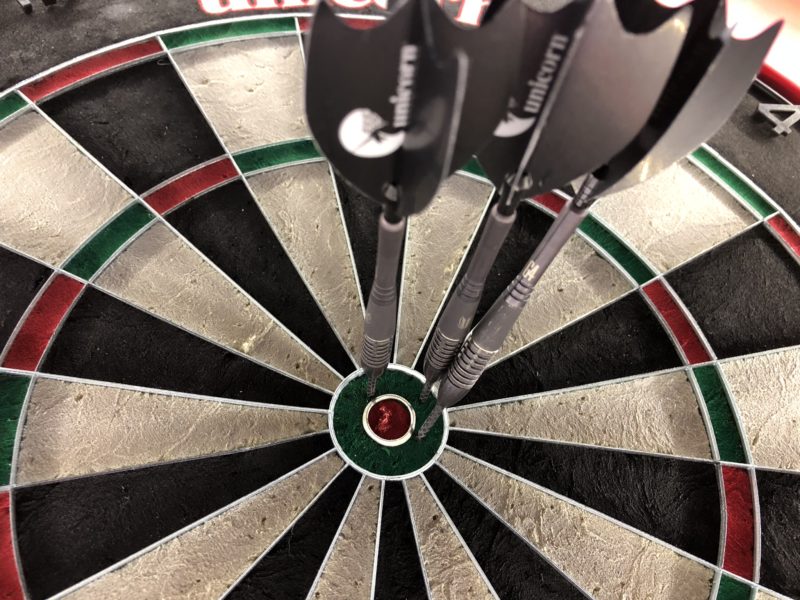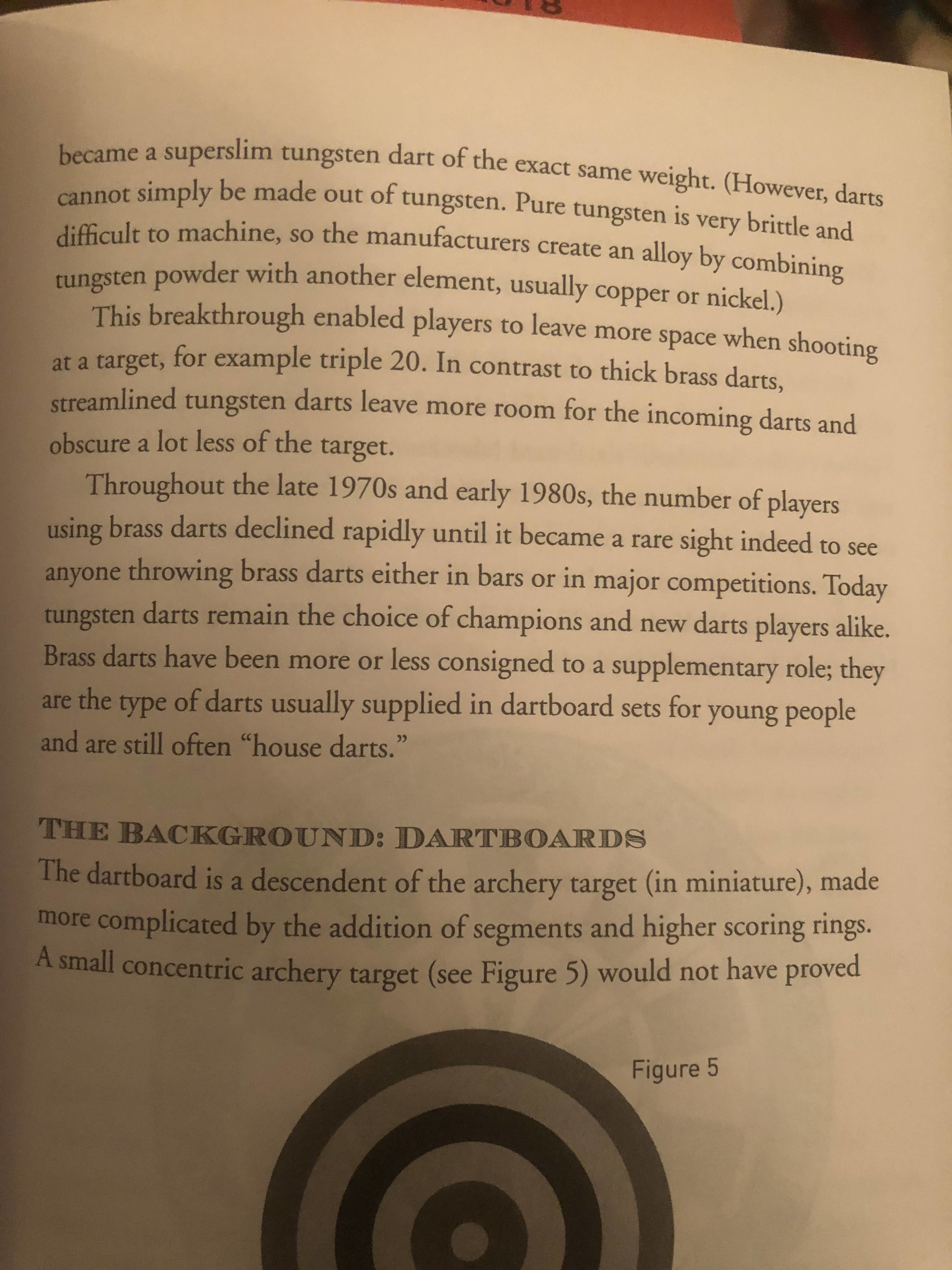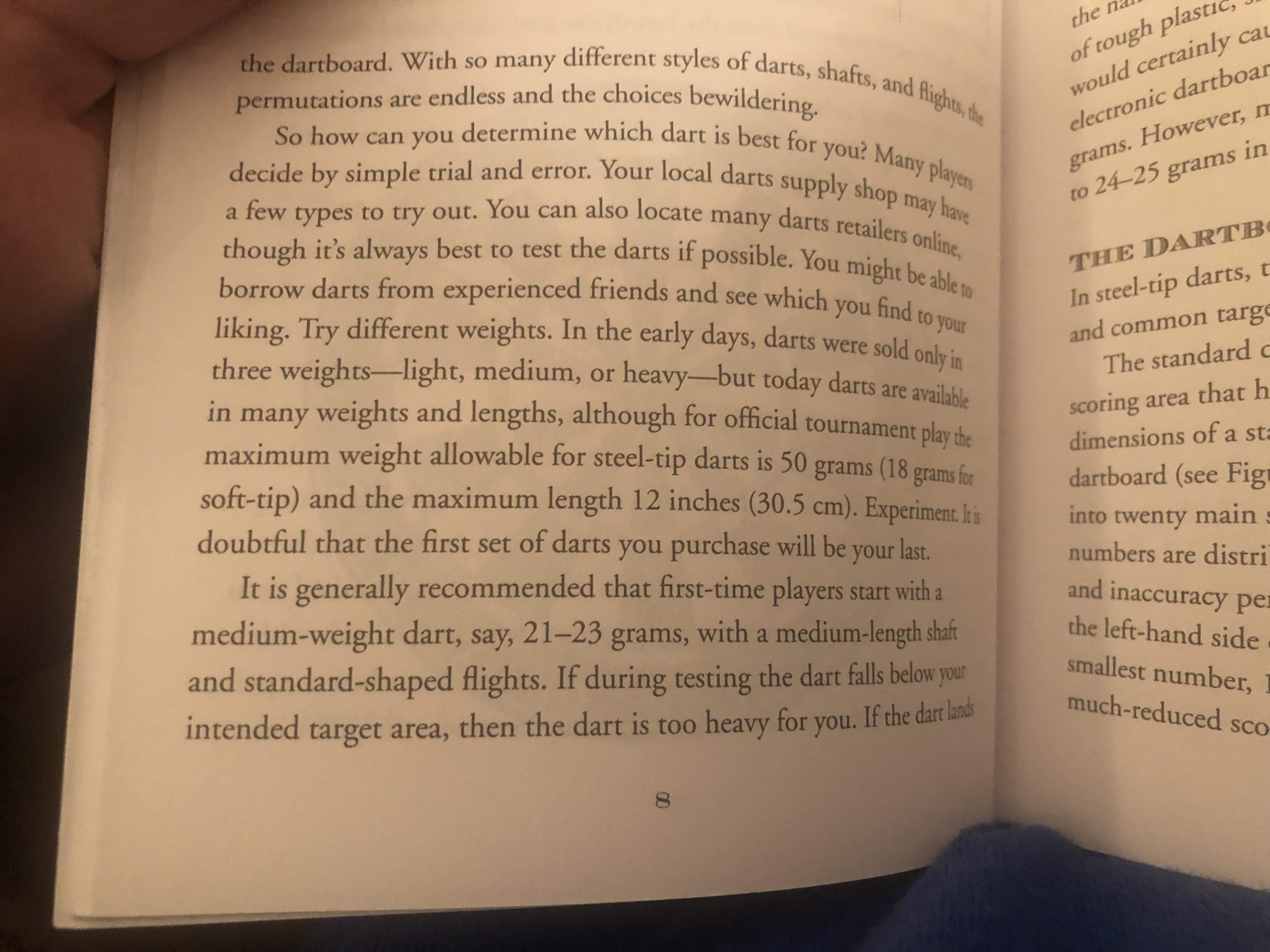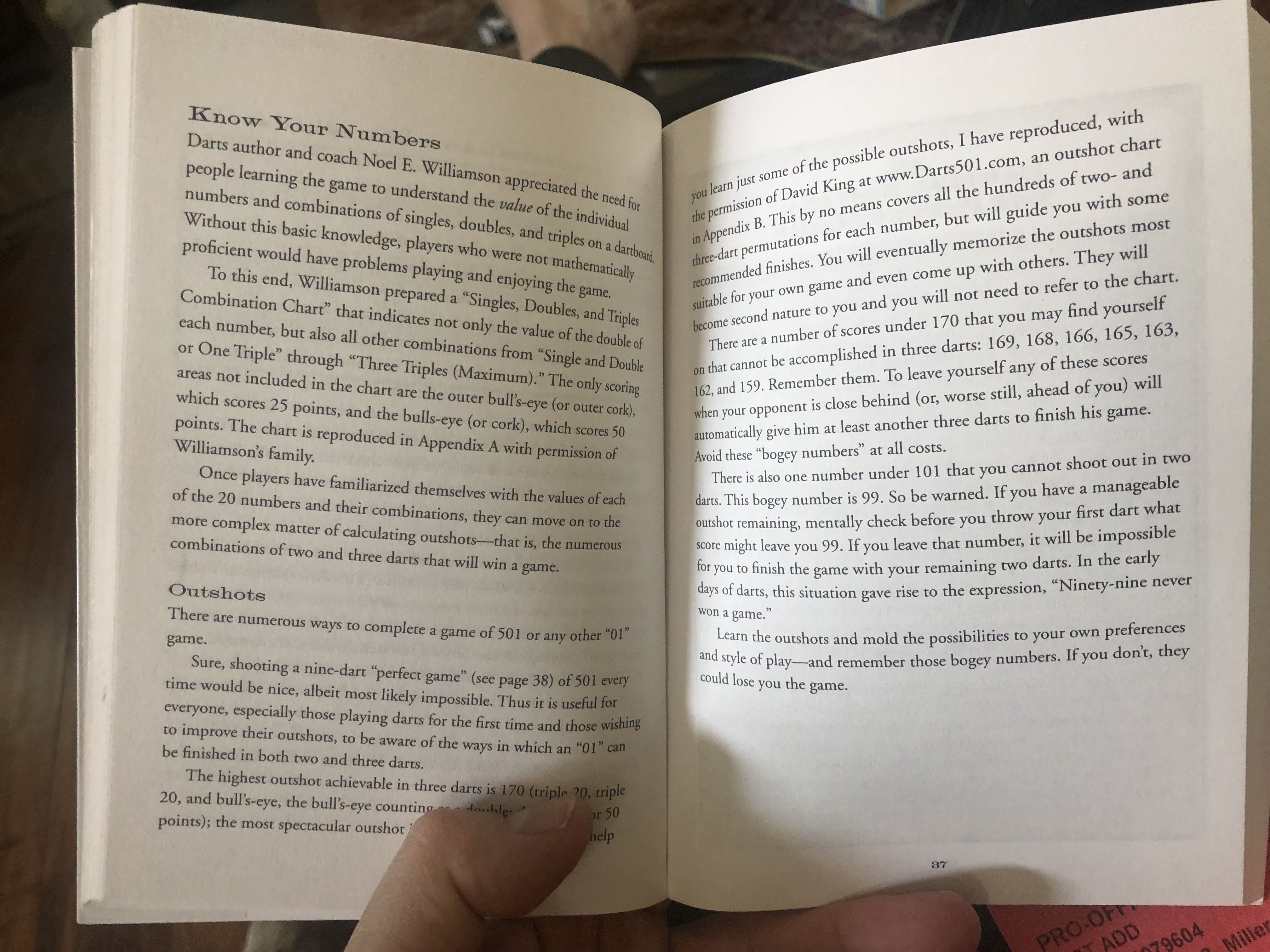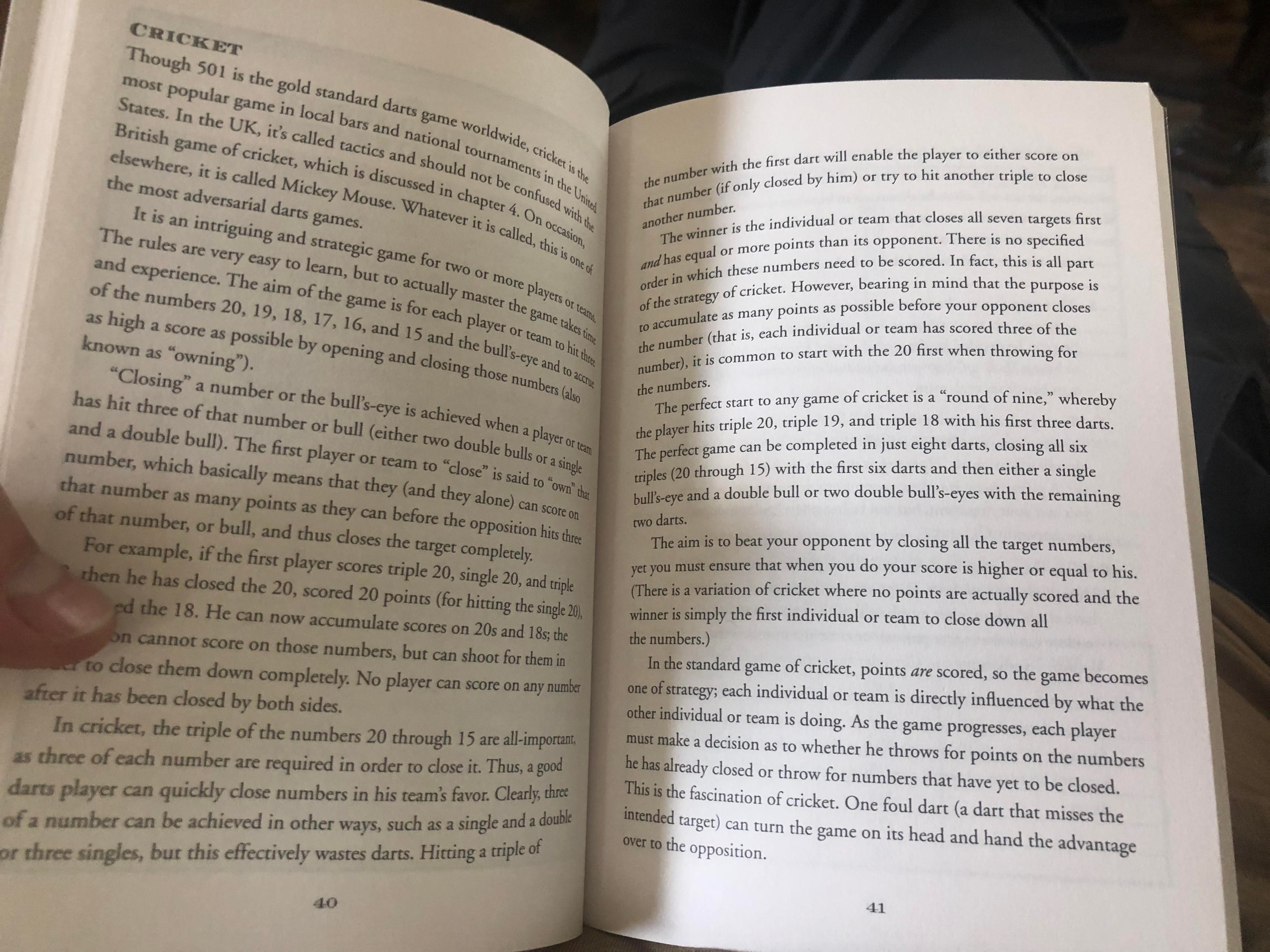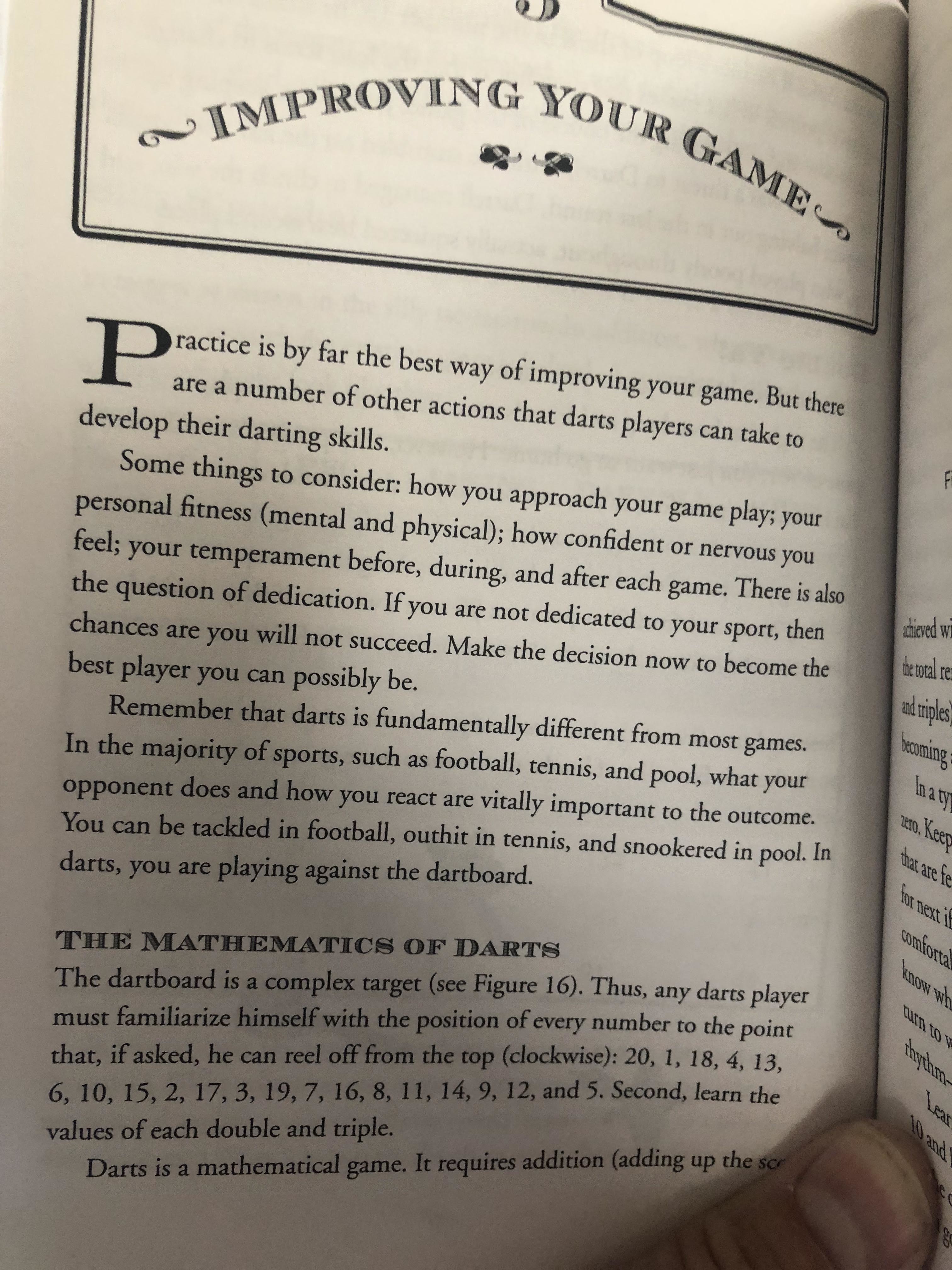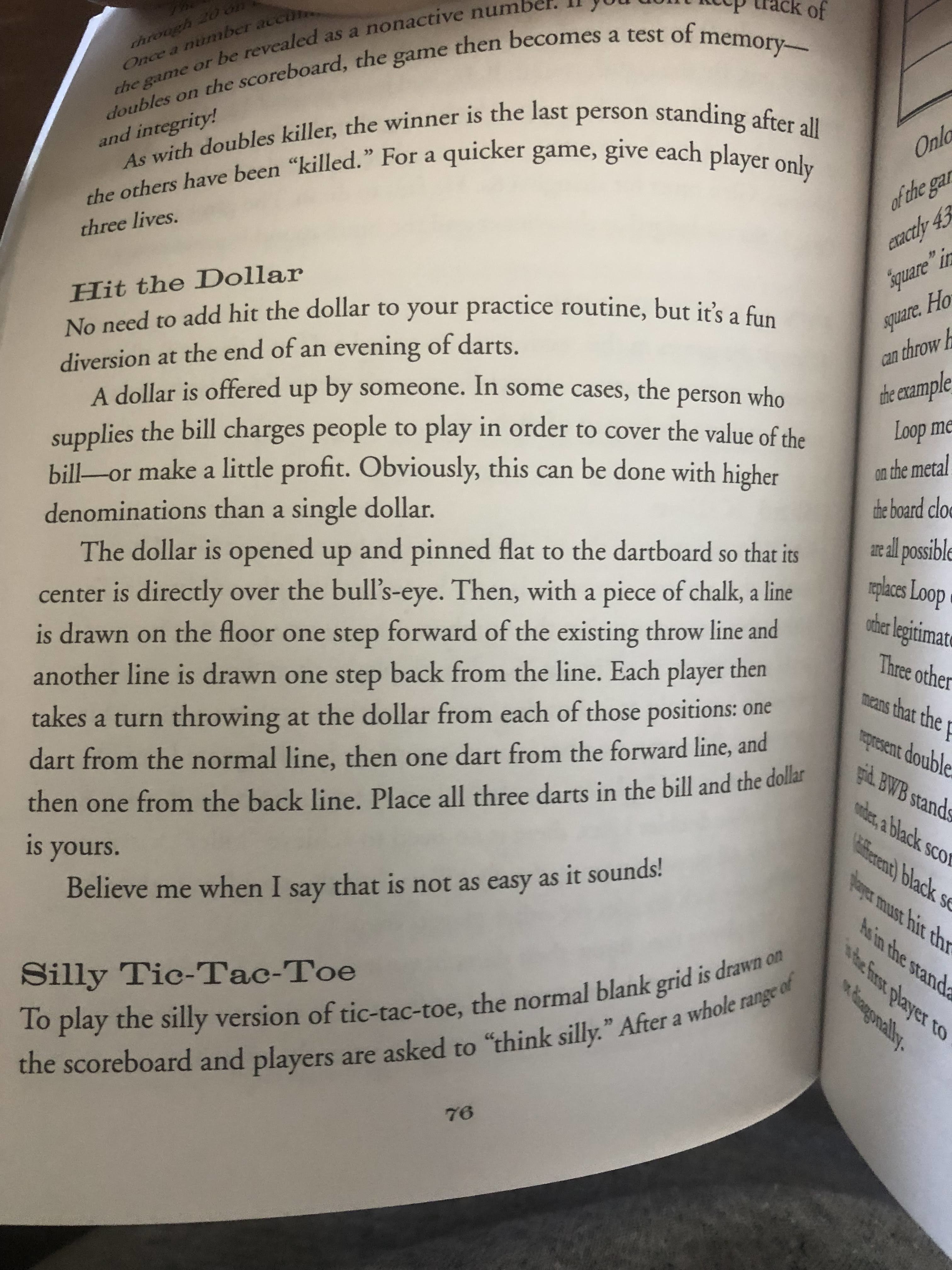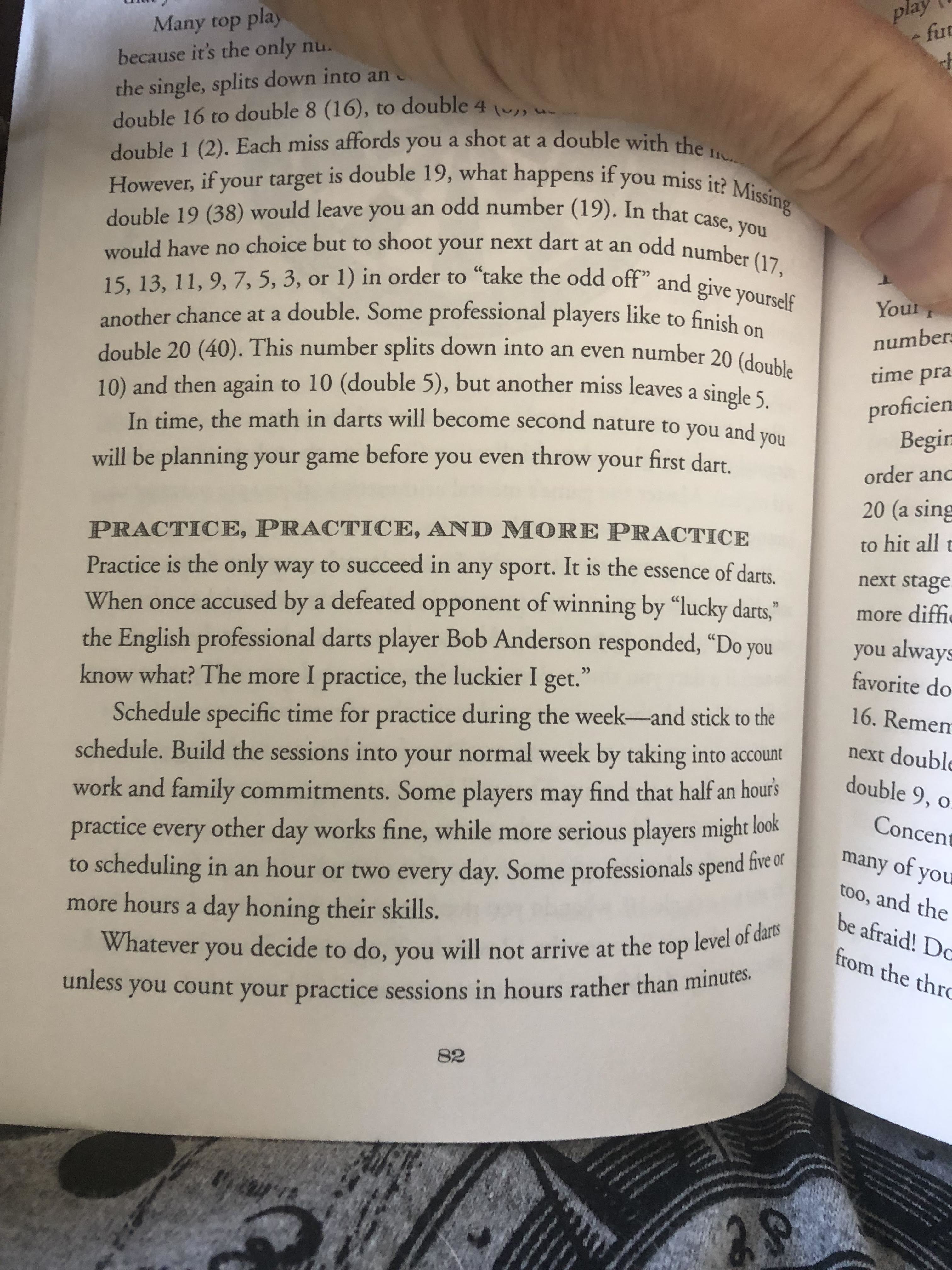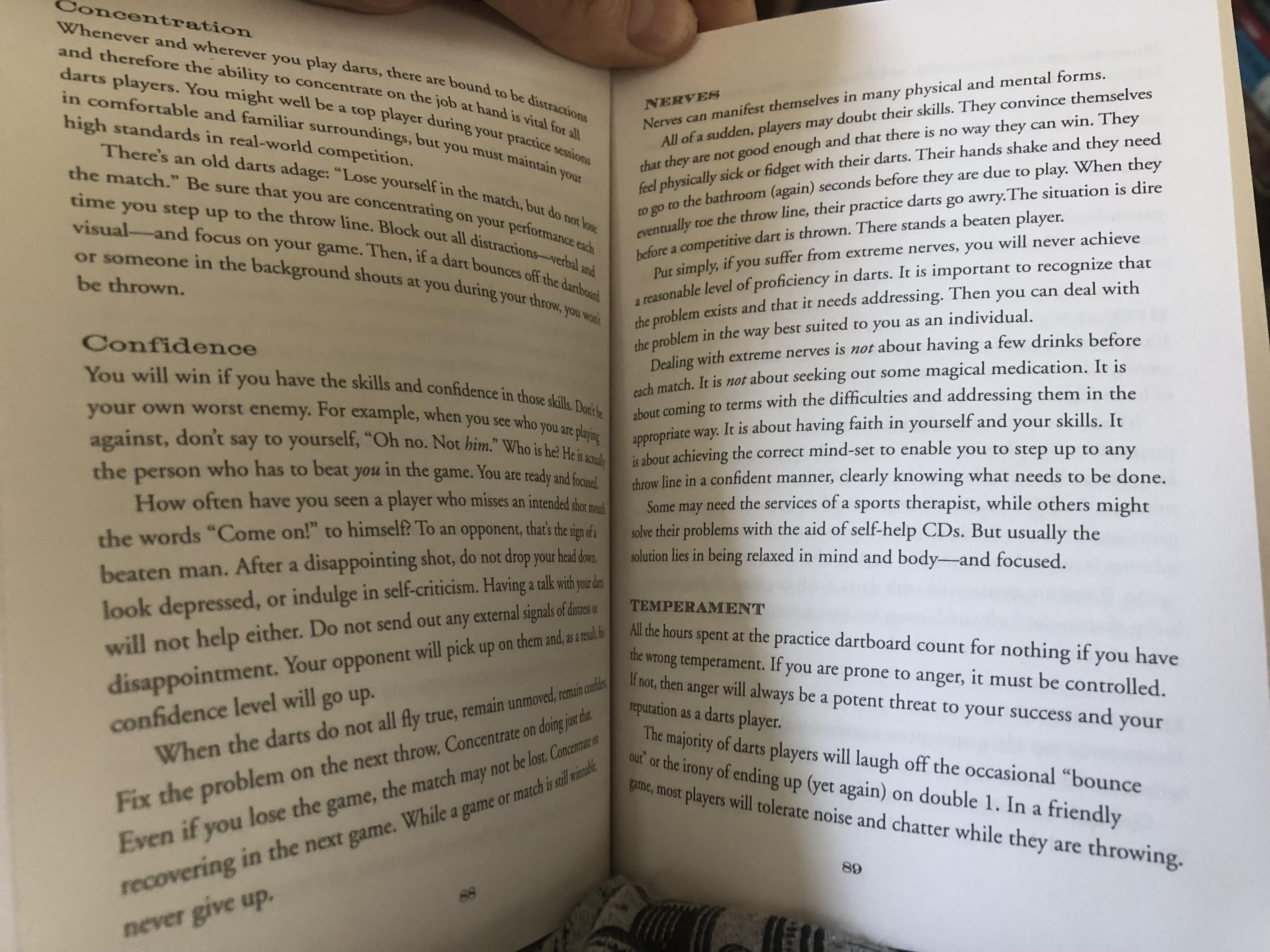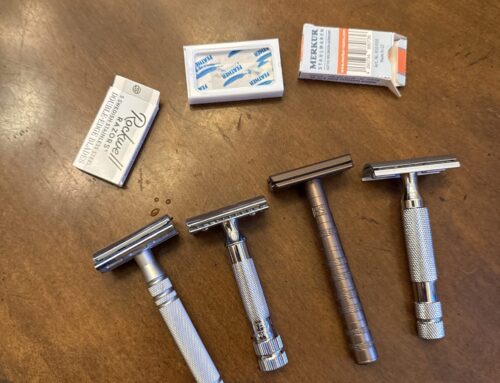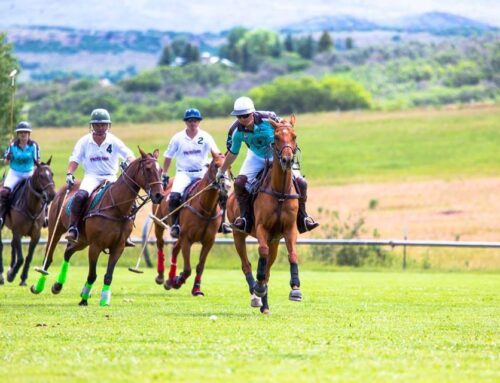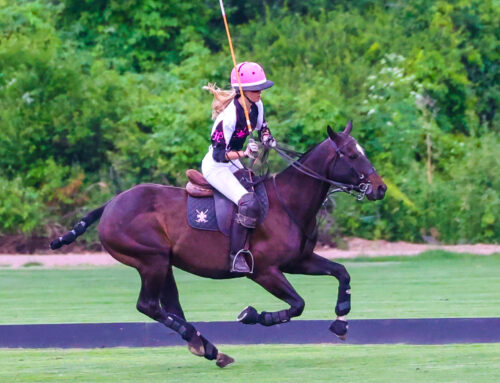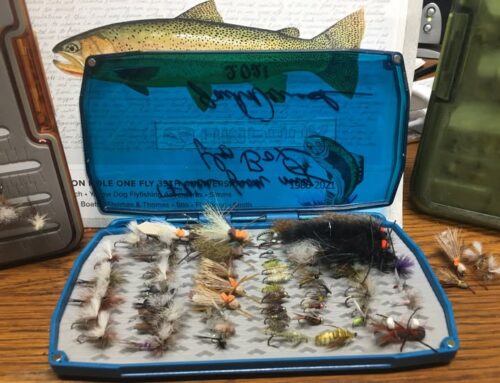“Just like golf clubs, what worked for you in 2013 might no longer work because you’re a better player with a different swing. It’s exactly the same with darts – you might have become a better player and be throwing faster, slower, harder or softer. You need the right equipment for your action.
“Another reason is that players think they will pick up a set of darts, love them, and play better. That, to me, is Wright. There’s no rhyme or reason why he should have changed from the darts he used at the World Championship but he’s changed twice in four weeks. He’s looking for something that might not be there and he has got to be careful, otherwise he won’t believe in his equipment.”
21g UNICORN JOHN LOWE GOLD PURIST TUNGSTEN DARTS SET
- Length 35.31mm
- Width 7.78mm
- 90% Tungsten
- Barrels Only
PHIL TAYLOR POWER 9FIVE GEN 4
95% Tungsten Steel Tip Dart
The Phil Taylor Power 9Five Generation 4 from Target Darts. The next Generation in Dart technology has been developed for Phil ‘The Power’ Taylor – 16 times Champion of the World.
Target has been working closely with Phil Taylor to perfect this next generation dart. Phil sought an improved, subtle grip on the rear of the barrel to alter the feel and comfort in his dart. Target have delivered this by hand sandblasting the rear section of the barrel only, using extremely fine particles to create a distinct matt texture.
The whole barrel is then overlaid by an ultra-hard black titanium nitride coating to provide a long lasting barrel protection. This provides a contrast in look and feel between the precision sandblasted section and the rest of the barrel and shaft.
Target have made a major upgrade to Phil’s point, now including a Titanium Coated Black Diamond Pro point to minimise board fall-outs.The Diamond Pro also provides a grip area for players who rest a finger on the point during their throw.
The Phil Taylor Power-9Five Generation 4 features a new Black Titanium coated Titanium Shaft with enhanced grooves at the base of the shaft for added grip.

OUR DART FLIGHT SHAPES:
 Standard
Standard
A Standard shaped dart flight provides excellent lift and stability for your darts. Well suited to beginners and players who prefer a heavy dart, the standard flight is a reliable all round option
 Kite
Kite
The kite shaped flight is for the player who wants maximum control of the dart and is looking for close groupings.
 Teardrop
Teardrop
The unique teardrop shape provides maximum lift from a small area, allowing for precise placement of your darts.
 Slim
Slim
Slim flights are ideal for players using lighter darts. Or, if you simply want a flatter trajectory of your darts and are used to a standard flight, these are the flights for you.
 Lantern
Lantern
The advanced aerodynamic shape of the lantern flight keeps the tail of the dart down while providing optimum stability.
 No.6 Shape
No.6 Shape
Small standard flights are the go-to for most darts players. They provide maximum lift and stability of the dart when it is in flight. Small standard flights suit beginner players as they are more forgiving than other flight shapes, but also provide a stable setup for experienced players alike.
With experimentation, you’ll find the one that’s for your game.
Remainder of page adapted from www.theartofmanliness.com
Types of Dart Games
Cricket: When you go to a pub and you see a chart on the wall next to the dartboard that is set up with the numbers 15 – 20 and the bull’s-eye, you know it is set up for cricket:
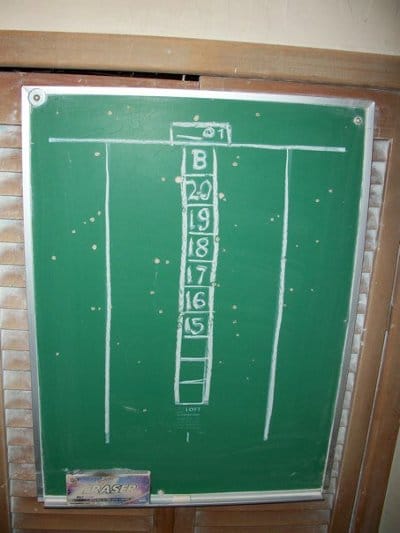
The point of the game is to “close” all of the numbers (15-20, you can ignore the rest of the board in this game) plus the bull’s-eye. That means you need to hit each number three times, or alternatively, hit a double and a single, or hit a triple.
To choose who goes first, both players throw a dart at the bull’s-eye; whoever is closest begins the game. If there is a tie, throw again. If you have closed a number before your opponent has closed the same number, and you hit that number again, then you receive that number of points. For example, say you have closed the 20. Your opponent, however, only has two marks on it and still needs one to close. If you hit a single 20 again, you get 20 points. The person to finish with all of the numbers closed and with the most points at finish wins. The green bull is 25 points and the red bull is 50.
301, 501, 801: The 01 series are popular dart games (501 in particular) and are all essentially the same, except that you begin with a different number of points depending on the number of people you are playing with. You begin with 301 points (or 501/801/etc.) and the objective of the game is to get to zero points the quickest.
You must hit a double to begin scoring (or rather, to begin subtracting points) and a double to win. Your goal is to hit the largest number per turn (19s and 20s) in order to win quickly. But here’s the thing: if you are shooting for an out, and you throw your exact score, you have to start over. Also, when shooting for an out, if you shoot a number higher than your current score, you go bust. Because of those two rules, the end can be tricky in a game of 301, 501, or 801 darts.
The variations: Depending on who you are playing with and the game, variations can include not having to “double in” or “double out.” Doubling out is almost always a requirement, but doubling in is optional. Generally, 801 is a team game played with four players or more but has the same basic organization.
Shanghai: To find out who goes first in a game of Shanghai, use the two-dart splash. That is, throw two darts at the same time. The order of turns goes from the highest score from the two-dart splash to the lowest. Shanghai is often played with four or more players.
The object of the game is to score the highest number of points by shooting at one number each round, for twenty rounds, thus making your way around the dart board. Begin by shooting at the number one in the first round, two in the second round, three in the third, etc… until you have covered the entire board. You only score points when you hit the number that correlates to the round you are on. The winner is the person with the most points at the end of the game, or, the person who hits a “Shanghai.” If you score a single, a double, and a triple of one number on its correlating round, you effectively “shanghai” the game and win immediately regardless of your opponents’ points.
Hitting the Bull Part II: The Game of Darts – Technique
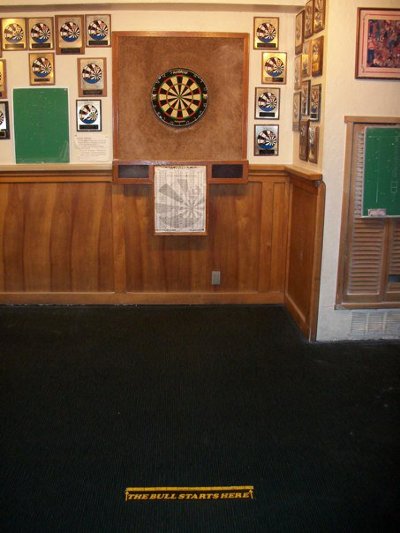
In Part I we discussed a few different dart games you can play. Today we’ll cover dart throwing technique so more of your darts will find their target, allowing you to buy less rounds of beer for your buddies.
Stance
There are four basic elements to a successful dart stance. They include lining up properly, consistency with the angle of your stance, shoulder position, and having a firm footing.
When lining up for a throw, ignore the center marker on the dart throwing line on the floor. The lines may be inaccurate. Draw an imaginary line from the center of the dartboard to the floor and then to your foot. Find a part of the dart throwing line (or a mark or scuff on the carpet) to mark that imaginary line, and make sure that you line up in that exact spot every time you throw. Consistency with your technique is key for a successful throw.
The angle with which you align yourself to the board can be either sideways or forward facing. According to NiceDarts.com, a sideways stance encourages a more accurate throw because it aligns your eyes and your throwing arm on the same line and reduces the possibility of your elbow drifting away from your body. This seems to work best for me, but others prefer to face the board with their front foot pointing at the bull’s eye.
Your footing should be arranged for balance and comfort. Place your feet shoulder width apart with your front foot flat and carrying the majority of your weight. Your back foot may lift slightly. Your back foot maintains your balance.
Shoulder position will vary from player to player based on what they find most comfortable. Ideally, your shoulders remain as close to parallel with the floor as possible. Keep your shoulders, spine, and legs fixed when throwing, but let your throwing arm be loose and relaxed yet in control.
Aiming
As with the stance, there are four things to keep in mind when aiming your darts, according to the darts experts at NiceDarts.com and DartBase.com. They are: leading with your elbow, finding a sight line on your throwing hand, aiming directly at your target, and knowing and using your dominant eye while aiming.
Position your elbow so that it points directly at the dartboard, and if possible, slightly upwards. My arm mechanics can’t quite accomplish this, so I simply point my elbow at the dartboard and don’t worry as much about it pointing upwards. For me it’s just too uncomfortable.
Find a sight line from your throwing hand to a precise target on the board. Some use the point of the dart for this; others use a knuckle on their thumb. The main point here is that once you find what works for you, keep it consistent.
One problem that many dart novices struggle with is not aiming directly at the target they want. If you are looking to hit a triple nineteen, aim for the center of the triple nineteen, not the general area. Also, avoid overcompensating for a poor throw. For example, say you aim for the triple twenty but hit the five to its left instead; refrain from aiming to the right of the twenty to overcompensate for your previous throw. Aim for the triple twenty again. This all builds consistency.
Lastly, aim with your dominant eye. To find out which eye of yours is dominant, practice a few throws with one eye closed. Whichever eye struggles to stay closed is your dominant eye.
Grip
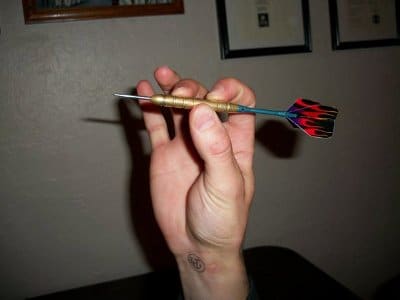
Your grip is dependent on two elements: the type of dart barrel you use and the finger placement that is most comfortable for you. What you should make sure of is making the point of the dart face slightly upward and that your grip is relaxed but also firm. Your fingers should only hold the barrel of the dart, not the shaft or flight, and any fingers that are not touching the barrel should remain in an open, relaxed position, not curled up into your palm. Play with it and see what feels most comfortable for you and then stick with it.
The Throw
Darts travel along a parabolic curve, similar to a rock being thrown or the bullet from a shotgun. According to Karlheinz Zochling at Dart Base, “a decent throwing technique must guide the dart exactly along this parabolic curve when accelerating the dart, and must guarantee that the dart can continue this curve when it has left the hand.”
To achieve this parabolic curve, the first thing to be aware of is the movement of your body and shoulder. Do not move your body or shoulder! The only thing that should move in your throw is your arm, while your shoulder and body remain fixed. Some suggest that your elbow remain fixed during the throw as well, however, in order to aid in a parabolic curve, the elbow will remain fixed only when you bring your hand backwards, but it should rise up slightly during the acceleration of the dart.
Just before releasing the dart, many professional players let their wrist snap slightly to increase acceleration. Allowing the wrist to snap, and therefore increasing your dart’s acceleration, it makes it so that the rest of your arm can be more relaxed during the throw, thus resulting in a more accurate and consistent throw.
Lastly, make sure you have some follow through. After you release the dart, your arm should continue in the throwing motion so that it stops once it is pointing at the target you are aiming at. Let it hover there for a moment rather than falling to your side immediately after releasing the dart.
You’re now ready to start throwing your mini-arrows with a little more confidence and know-how. I find that a game of darts washed down with a delicious, frothy beer at my favorite pub is the perfect remedy to a long week, and quite simply, just a great pastime. If you haven’t played darts in a good long while, give it a try this week.
Some of the techniques described here are debatable. As with any sport, people develop their own ways of adjusting technique to what feels comfortable for them. Do you have any additional tips for the beginning dart player? Share your tips and advice with us in the comments.
Excerpted from Guide to Darts Paperback – May 4, 2010, by Patrick Chaplin

